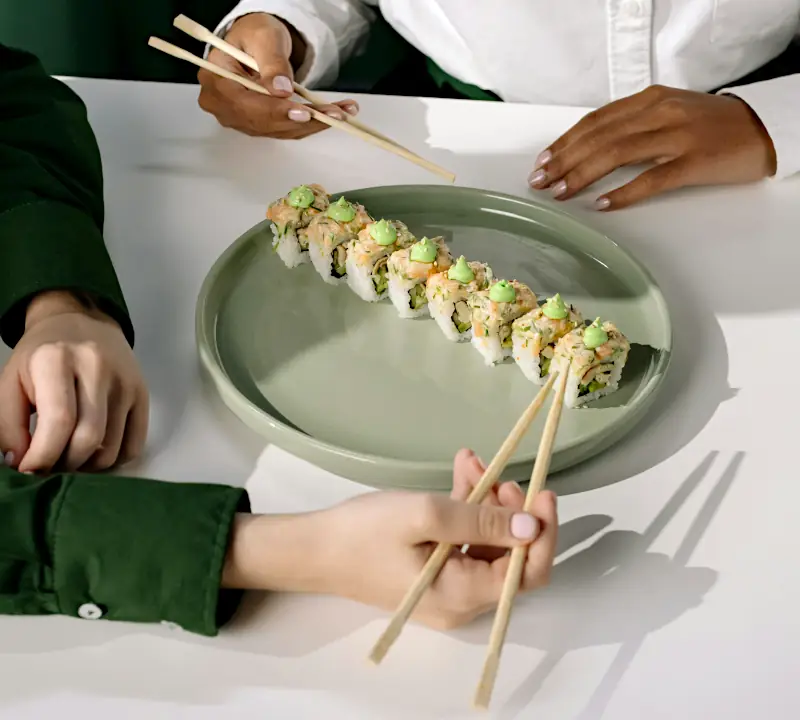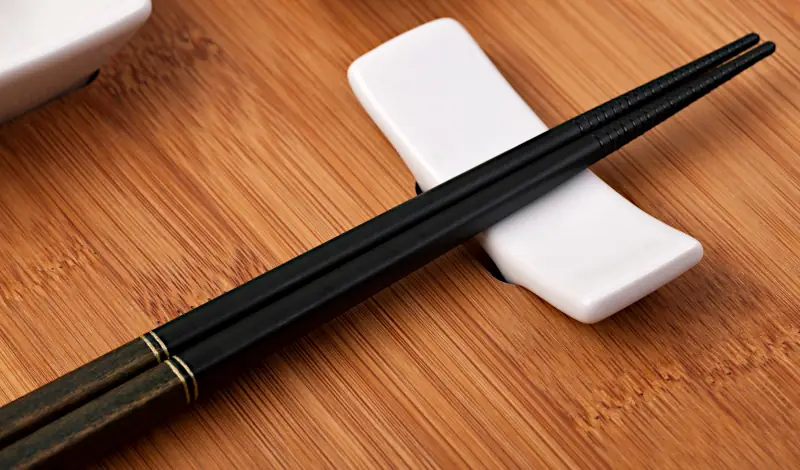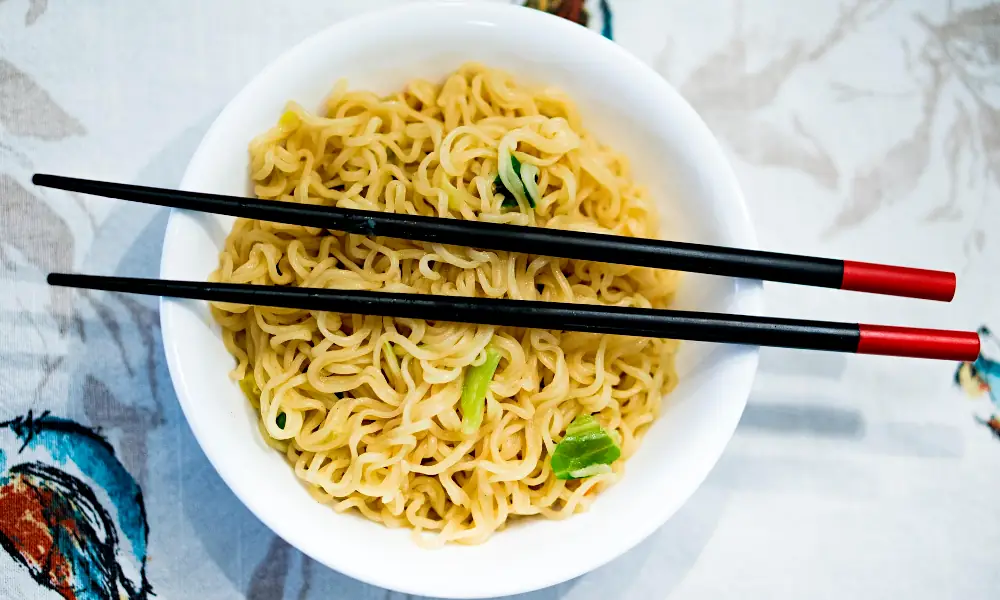Chopstick etiquette is an essential part of dining culture in many Asian countries. Whether you’re eating sushi in Japan or noodles in China, knowing how to use chopsticks respectfully shows cultural awareness and good manners. This guide walks you through chopstick table manners, common do’s and don’ts, and how to handle chopsticks properly throughout a meal.
Table of Contents
- What Is Chopstick Etiquette?
- Common Chopstick Manners Everyone Should Know
- Proper Chopstick Technique and Placement
- Japanese vs. Chinese Chopstick Etiquette
- Tips for Chopstick Etiquette
- Did You Know About Chopstick Etiquette?
- Frequently Asked Questions About Chopstick Etiquette
- Conclusion
What Is Chopstick Etiquette?
Chopstick etiquette refers to the formal and informal rules for using chopsticks politely while dining. These customs vary slightly between countries, but the core principles are the same—show respect, maintain cleanliness, and avoid gestures considered rude or disrespectful.
Common Chopstick Manners Everyone Should Know
Observing proper chopstick manners is more than a sign of politeness—it shows cultural understanding. Here are essential practices:
- Never stick chopsticks upright in rice—it resembles funeral rituals in Japan and China.
- Don’t point at people or dishes with chopsticks.
- Avoid passing food chopstick to chopstick—another funeral association.
- Don’t rub chopsticks together, especially in Japan. It implies they’re cheap.
Proper Chopstick Technique and Placement
How to Hold Chopsticks Correctly
Mastering proper chopstick technique helps prevent clumsiness and signals good etiquette. Here’s a basic guide:
- Hold the lower chopstick stationary, resting it on your ring finger and thumb base.
- Grip the upper chopstick like a pencil using your index and middle fingers.
- Practice picking up small items for better control.
Chopstick Etiquette After a Meal
When finished eating, place your chopsticks neatly across the bowl or rest them on a chopstick holder. Never lay them across your plate or table.

Japanese vs. Chinese Chopstick Etiquette
Japanese Chopstick Etiquette
Japanese chopstick etiquette is especially precise:
- Use a chopstick rest (hashioki) if provided.
- Avoid licking or biting chopsticks.
- Use the opposite end of your chopsticks when taking food from shared plates.
Chinese Chopsticks Etiquette
Chinese chopsticks are often longer and used with shared dishes:
- Don’t stab your food with chopsticks.
- Never drum on bowls or tap dishes—it’s considered childish.
- Keep chopsticks parallel and neatly placed when not in use.

Tips for Chopstick Etiquette
- Practice proper chopstick technique at home before attending formal dinners.
- Observe others when unsure—locals often set the example.
- Carry your own chopstick rest if you’re dining somewhere informal.
- Don’t rub chopsticks together unless they are splintered (and even then, do so discreetly).
- Avoid gesturing or pointing during conversation.
Did You Know About Chopstick Etiquette?
- Japan uses rounded chopsticks, while China uses flat-ended chopsticks—each style fits its cuisine.
- The taboo against standing chopsticks upright in rice stems from traditional funeral rites, where rice with upright incense is offered to the deceased.
- The practice of rubbing chopsticks together is an unspoken insult to your host, suggesting poor-quality utensils.
Frequently Asked Questions About Chopstick Etiquette
Can you pass food with chopsticks?
No. Avoid passing food directly from one set of chopsticks to another. Use serving utensils or place the food on a plate.
Is it rude to lick your chopsticks?
Yes. Licking chopsticks is considered impolite and unhygienic in both Japanese and Chinese dining etiquette.
Should I rub chopsticks together?
Not unless absolutely necessary. In formal settings, rubbing chopsticks together may offend the host, as it implies the utensils are of poor quality.
How do I place chopsticks after eating?
Place them on a chopstick rest or across your plate neatly. Avoid placing them upright or sticking them into food.
Are there rules for chopsticks in Korean culture?
Yes, though this post focuses on Japanese and Chinese customs. Korean etiquette typically involves metal chopsticks and different placement rules.
Conclusion
Understanding chopstick etiquette adds a layer of respect and cultural appreciation to your dining experience. Whether you’re enjoying sushi or dim sum, following proper chopstick manners—like avoiding rubbing them together and learning the correct placement—ensures you leave a good impression. For deeper dining etiquette knowledge, explore our guide on silverware etiquette.

